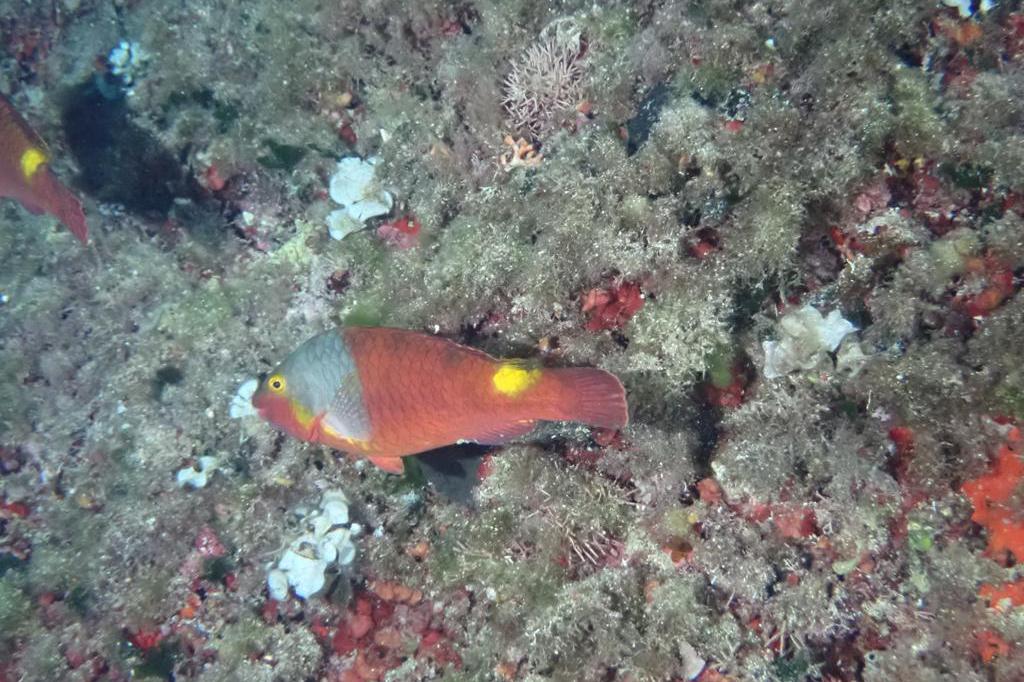The database that collects observations of rare fish in the Balearic Islands (DAPERA), which is managed by the Species Protection Service of the Regional Ministry of Environment and Territory together with the Marine Resources Service of the Regional Ministry of Agriculture, Fisheries and Food, has registered 53 contributions of 19 different species during 2022.
TDB keeps you informed. Follow us on Facebook, Twitter and Instagram.
The data register of rare fishes (DAPERA)
The most cited species, as in 2021, was the Vieja (Sparisoma cretense), with 9 reports, a very frequent species in the Canary Islands that is being observed more and more frequently in the archipelago, possibly due to the warming of the sea. There have also been eight reports of Mantelina (Gymnura altavela), a rare species on the Balearic coast, which seems to be expanding.
Of the species reported to DAPERA this year, 53% are endangered species, while 47% are new arrivals.
By islands, the majority of records come from Mallorca, with 40 citations, followed by Menorca with 10, Formentera with 2 observations and Cabrera with one. During 2022, no records were recorded from Eivissa.
Most of DAPERA’s contributions come from professional fishing, with 20 citations, followed by recreational diving with 18, professional diving with six and freediving/swimming with five.
DAPERA was created following the publication of the Red Book of the Fishes of the Balearic Islands (2015), which indicated the need to collect and preserve records of rare species in the waters of the archipelago. Since its creation in 2015, 259 citations corresponding to 54 species have been collected and subsequently verified by species protection technicians and the Marine Resources Service.
The aim is to improve the information available, mainly on fish of no commercial interest, some of which are threatened. The aim is also to obtain data on new species in the Mediterranean, such as those arriving from the Red Sea due to the opening of the Suez Canal, known as Lessepsians, or those arriving from the Atlantic for other reasons, such as increased maritime traffic or climate change.
Interested parties can report their observations directly through a form that can be found on the Species Protection Service website: http://www.caib.es/sites/proteccioespecies/ca/dapera/.
It asks for contact information, data on the sighting (species, weight, length) and on the locality (coordinates, depth, etc.) as well as an image to validate the data.
